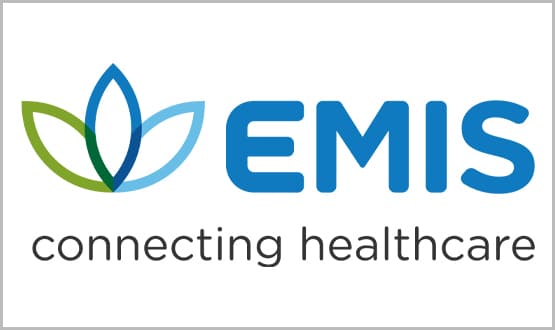Liverpool gets Emis access on tablets
- 15 July 2014

Liverpool Community Health NHS Trust has deployed 1,500 tablets to give its staff access to Emis Web in the community.
The trust, which delivers healthcare in more than 100 different locations, now has 18 services using Emis Web as their electronic patient record system.
Speaking at the iLinks conference in Aintree earlier this month, Liverpool’s business transformation manager, Kathy Kumeta, said the trust’s goal is to “embrace mobile working”.
“We want to get to a point where we don’t just view data but can write in and update the record, and can view and book appointments,” she said.
All staff now have access to tablets, but initially they did not had access to Emis Web; only email, BMA guidelines, maps and other information.
However, the trust has now trained 600 staff to use Emis Web on tablets and aim to have the rest of the training finished by the end of the month.
Liverpool did a piece of work last year trialling Emis Mobile, which it planned to use on the tablets. However, Kumeta said that the trust had to drop the pilot after a while.
“We had some challenges and found it wasn’t fit for community, so we went back to Emis, they worked to fix it, and now we are doing another tablet trial,” she said.
Until that trial has been completed, staff can get access to the system through a middleware software called AccessNow from Ericom.
This connects back through Emis Web on the tablet’s browser, with the same view users would get on the desktop. This means that no data is stored on the device and it can be remotely wiped should it get lost or stolen.
But it also means that staff can only access the system where there is wi-fi or a 3G connection, and one of the clinicians pointed out that it can become “fiddly”.
Kumeta said these problems should be solved when the trust deploys the mobile version of Emis. However, it has taken a long time to find a good mobile solution.
Kumeta said the trust first deployed Samsung tablets because “we were using some technology that would only work on those”, but then the technology changed and worked best on iPads.
Ian Bailey, the trust’s chief clinical information officer, told the conference that getting clinicians – and, in particular, district nurses – on board could be “tricky.”
“District nurses are the oldest in terms of demographics, and the biggest tipping point in getting acceptance of technology,” he said.
“We are embarking upon a programme to train people up to be super users. We need to involve clinicians, not only in the procurement process, but in the testing and acceptance stages.”
The trust is also working to deploy single sign-on and looking at sharing correspondence and care records through the Medical Interoperability Gateway.
Read a fuller account of the iLinks conference in Insight, where Lis Evenstad focuses on Liverpool’s ambitious new information sharing plans, as part of EHI’s series on information sharing projects.




